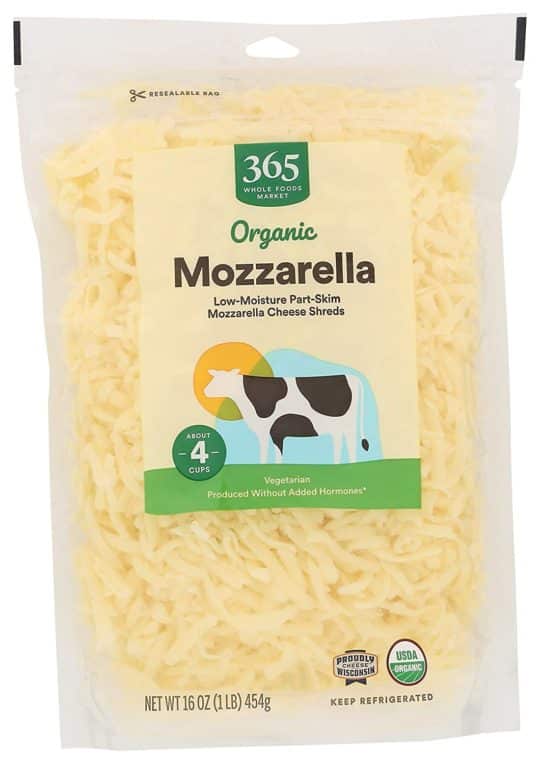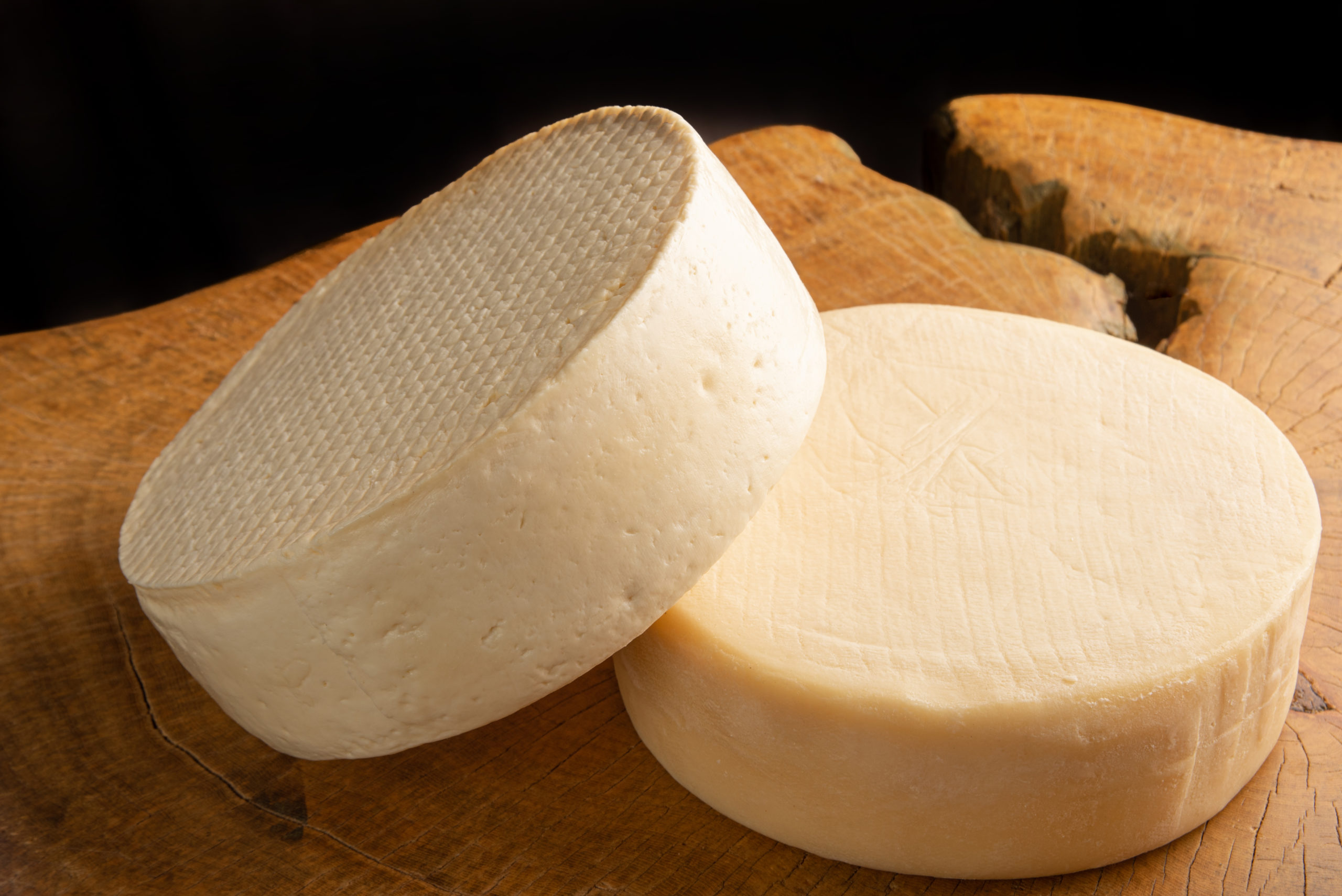Updated on April 9th, 2023
Kasseri, also known as Kayseri or Ksara in Turkey, is a popular Greek cheese with this particular flavor, one that is well distinct and utilized for delectable recipes.
Notably, this cheese has been prepared using goat’s and sheep’s milk since the 19th century, while it’s typically made with cow’s milk in the United States or ewe’s milk elsewhere in Eastern Europe.
This article gives more detailed information about kasseri cheese, recipes you use it in. In addition, it also discusses some suitable substitutes for a scenario whereby you can’t get your hands on some kasseri cheese, plus you can see what distinguishes it from other cheeses.
All of these have been prepared for your benefit. Read on.
What is Kasseri Cheese
Kasseri cheese is a pale yellow medium-hard or hard cheese prepared from sheep milk with up to 20% goat’s milk. The cheese has a semi-hard to a firm consistency, is smooth instead of crumbly, chewy, and has a tough peel.
Kasseri cheese is a member of the pasta filata cheese family, including fresh and aged cheeses such as mozzarella and provolone or Caciocavallo.
Though the cheese must be specifically made in the Greek provinces
of Thessaly, Macedonia, Lesbos, or Xanthi – the “Kasseri” protected designation of origin.
Notably, kasseri is derived from the Turkish word kaşer, derived from the Hebrew word kosher.
Kasseri Cheese Uses in Recipes
Kasseri cheese is a great melting cheese because of its rubbery texture and salty, buttery flavor. Kasseri is one of the main ingredients of the classic Greek dish saganaki.
The cheese is also a common ingredient in many Turkish meals, and it’s often served with pastries at breakfast or with wine and mezes or tiny appetizers. See some interesting recipes you can incorporate kasseri cheese in:
- Baked Kasseri Cheese Spread
- Grilled Summer Squash and Kasseri Cheese
- Kasseri Cheese Pie with Pastor
- Saganaki Fried Greek Cheese Appetizer
- Greek Flaming Cheese
- Pan-Seared Saganaki
- Delicious Bread Rolls with Kasseri Cheese
- Greek Moussaka
- Pastitsio
- Lightened Up Greek Nachos
- Pita Kaisarias in Phyllo Cups
- Chicken Stuffed with Kasseri Cheese
- Lamb Burgers with Kaserri Cheese
- Breakfast Poutine with Kasseri Cheese
- Pumpernickel Kasseri Crackers
Kasseri Cheese Substitutes
Kasseri cheese melts easily and can be fried, grilled, sauteed, or saganaki-styled with brandy. It also does excellently when shredded into omelets or in sandwiches.
However, if you don’t have any kasseri cheese on hand, you’ll need to come up with a substitute. I have put up a list of wonderful cheeses that may be used in place of kasseri cheese. Check them out:
Colby
Colby is a mild-flavored, moist-textured cheese that tastes similar to cheddar. It melts beautifully when grated over baked goods, nachos, or grilled in a cheese sandwich.
Notably, Colby cheese’s mild flavor and creamy texture make it a terrific addition to sandwiches, burgers, casseroles, and other dishes that call for melted cheese. It is also delicious and goes well with fruits like apples and pears.
Colby can be fancied as a good kasseri cheese substitute in recipes. This cheese has a texture and flavor very similar to that of kasseri, and Colby may not have the same strong flavor or sweet aftertaste as it is not produced from sheep or goat’s milk. Regardless, it performs admirably.
Oh well, unless you are trying to impress your guests who are natives of Greece, the use of Colby as a substitute will be befitting to their taste.
Mozzarella

Yes, this is a very fine substitution if you want to replace kasseri cheese, a recipe that calls for it.
Mozzarella has a mild, creamy flavor, silky, stretchy texture, and great melty state. It is a pasta filata-type cheese that contributes to its texture and consistency.
Notably, mozzarella has a similar spongy texture to kasseri cheese, and it also possesses good melting qualities. So if you’re making kasseropita, a traditional Greek pie, mozzarella will be a perfect choice of substitution.
When heated, both types of cheese become creamy, making them ideal for topping pizzas or pasta bakes.
When you compare the taste of kasseri cheese to the mild taste of mozzarella, Kasseri cheese highlights a harsher, saltier tone and flavor.
So if you don’t enjoy strong flavors or you’re cooking for someone who doesn’t, this could be a pro for you.
Caciocavallo

This is an excellent choice to note when looking for kasseri cheese alternatives to use in your recipe.
Caciocavallo is a pasta-filata cheese prepared from sheep or cow’s milk in southern Italy. Its name translates to “cheese on horseback” and comes from an Italian tradition of aging cheese forms hanging in pairs over a wooden board.
I can say that this cheese is delicious. Caciocavallo has a strong, acidic, salty flavor and a springy texture similar to kasseri.
The cheese has a hard edible rind and is shaped like a teardrop. Its flavor is similar to that of old Southern Italian Provolone cheese.
It can be grated into pasta, melted into pastries, or added to an antipasto platter.
Frequently Asked Questions (FAQs)
What type of cheese is kasseri cheese?
Kasseri cheese is a pale yellow medium-hard cheese made from pasteurized or unpasteurized sheep milk, with up to 20% goat’s milk.
How do you use kasseri cheese?
Kasseri cheese is commonly used as a table cheese in Turkey and Greece, and it’s frequently served at room temperature with pastries, sandwiches, or omelets. Moreover, kasseri is a great melting cheese because of its rubbery texture and salty, buttery flavor.
What is the best way to eat Kasseri cheese?
kasseri cheese is best served hot – with the cheese still melty on the inside. Then you can proceed to serve it alongside other appetizers such as yogurt, cucumber, and garlic dip.
Conclusion
Over the years, kasseri cheese has earned a reputation for being a delectable cheese with outstanding melting characteristics. However, the cheese may not always be available for your use.
If you want to make a traditional Greek delicacy that asks for kasseri cheese, I suggest choosing one of the best kasseri cheese substitutes listed in this article.
Though neither of them will precisely replicate the original cheese characteristics, they are proven to possess outstanding melting attributes and won’t dominate your cuisine with a strong flavor.

